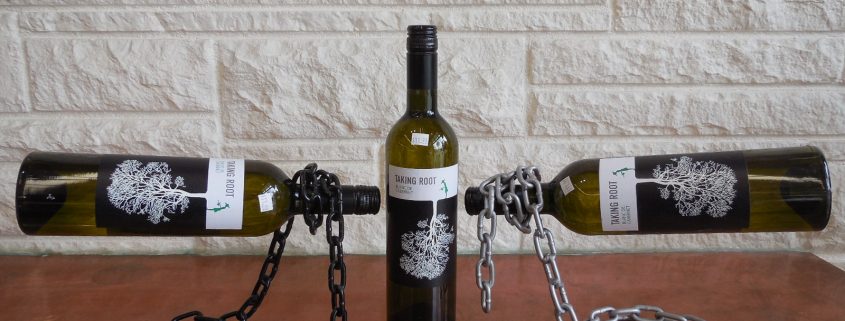Thanksgiving is around the corner (we can’t believe it either)!!! Don’t procrastinate this year… get ahead of the game and shop our delicious wines that pair perfectly with appetizers, turkey, and dessert. We’re making it easy for you with our Turkey Day Wine Guide!
Aperitifs:
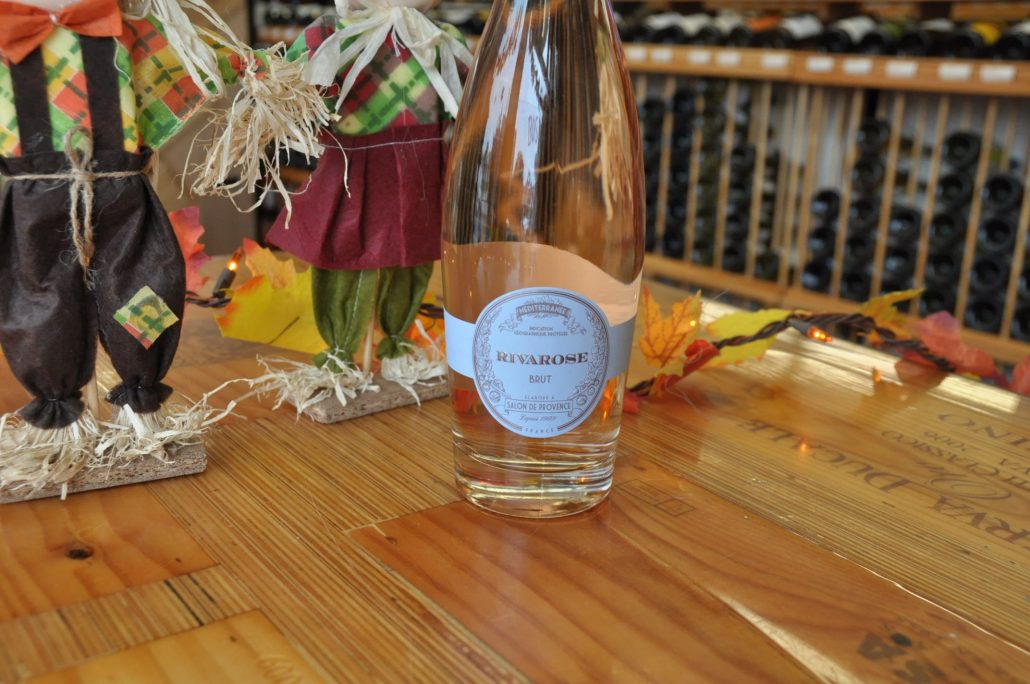
Riva Rosé is a delicious sparkling rosé from the Mediterranean. The wine displays delicate yet persistent bubbles. The nose exudes aromas of small red fruits such as strawberry and raspberry. The palate offers refreshing notes of grapefruit and spice. Perfect for aperitifs and to possibly drown out the noise of your relatives… haha, just kidding!
The Main Meal:
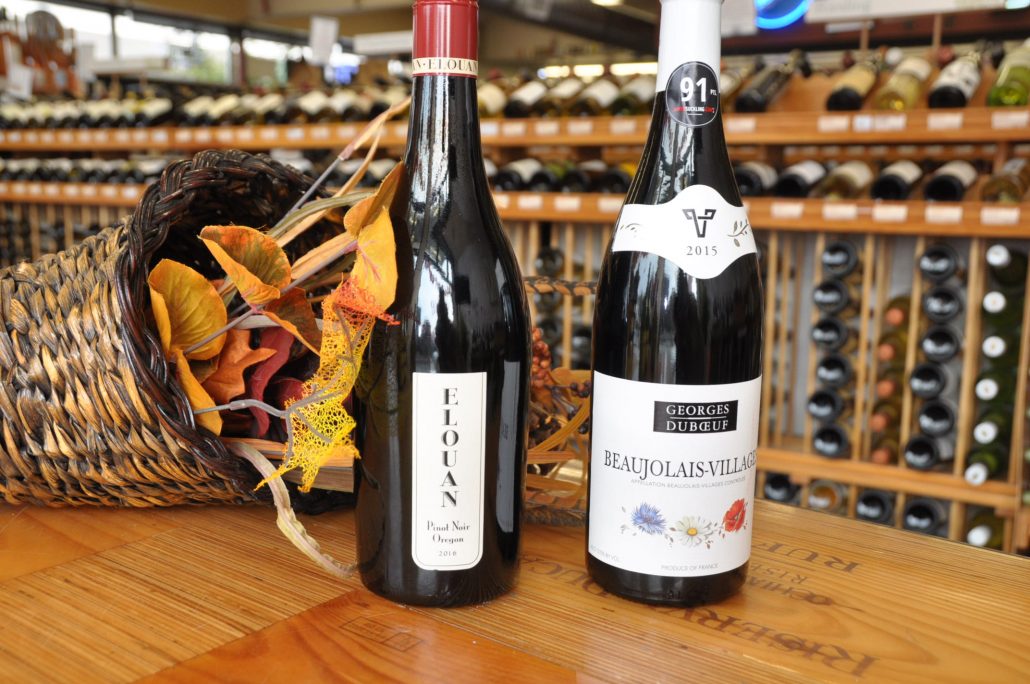
Pinot Noir Wines are a perfect pairing for turkey! Here are two that we love –
- Elouan Pinot Noir Dark: Shimmering ruby red. Deep notes of plum, red cherries and blackcurrant jam with subtle touches of toasty vanilla and spice. Rich, ripe fruit flavors of plum, cherry, mixed berry jam, and blackberry. Smooth tannins round out the mouthfeel.
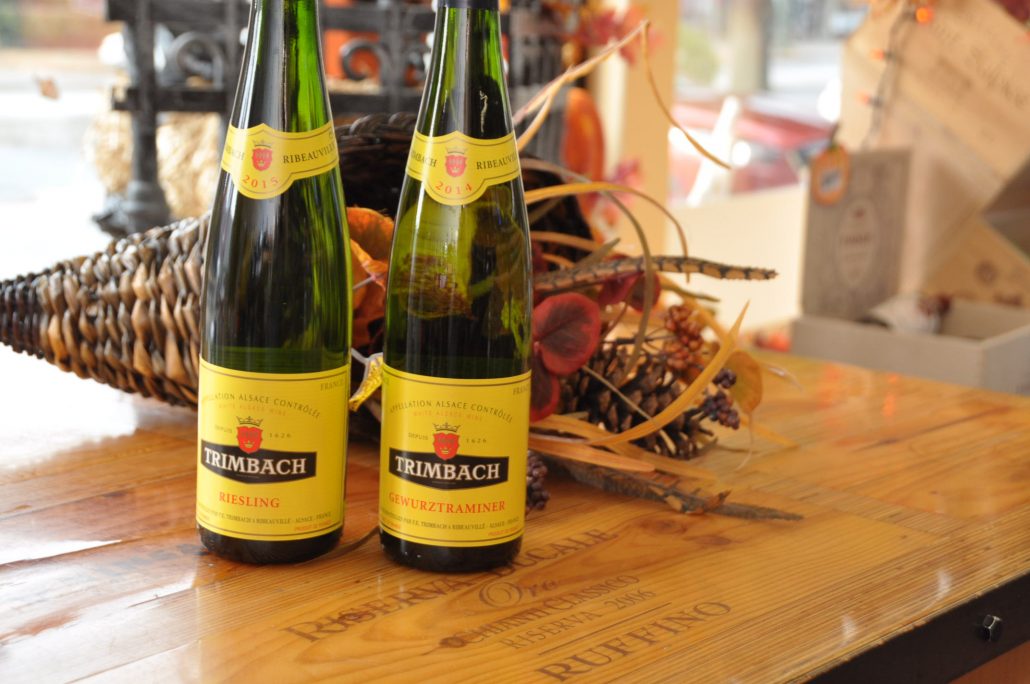
Along with a good red, we also love a good white wine to pair with turkey. Here are two delicious white wines from Trimbach.
- Trimbach Reisling: The nose shows restrained citrus and a slightly lifted, very slightly aromatic touch of conifer. The palate is taut and slender, presenting sober, clean citrus flavors. This stands upright and has a wonderful backbone of freshness.
- Trimbach Gewurztraminer: A very shy nose just releases the most teasing hint of peach. The palate is utterly restrained: peach flavors are dry and brightened by lemon and have a wonderful lightness of touch. The finish is dry, clean and long.
Dessert/After-dinner Drink:
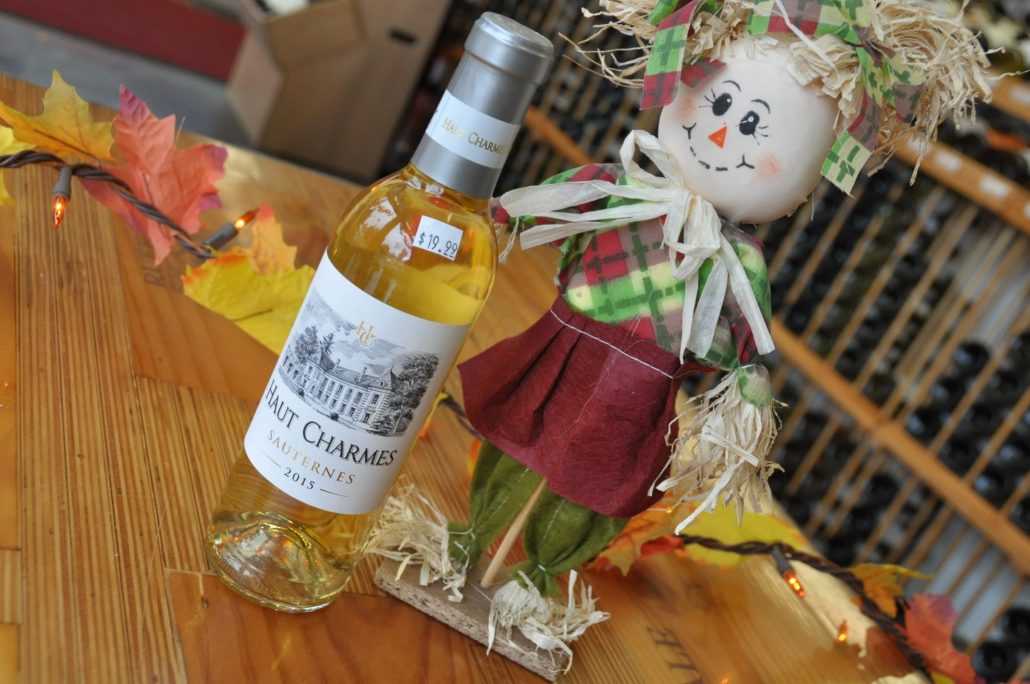
You can’t forget about the post-feast wine! A great dessert wine is in order
Haut Charmes Sauternes 2015: Haut Charmes is a very special Sauternes bottling, made from the younger vines of the region’s most legendary château. While we aren’t allowed to actually reveal the source, it’s safe to say its location in the Ciron Valley exposes the Sauvignon Blanc and Sémillon fruit to conditions perfect for the development of botrytis. Charming, elegant and an exceptional value for what’s in the bottle.
Not in love with these wines?! Head on in and let us help you choose the perfect wine. Our educated staff is always happy to help!
Thanks,
The Mystic Wine Shoppe Team

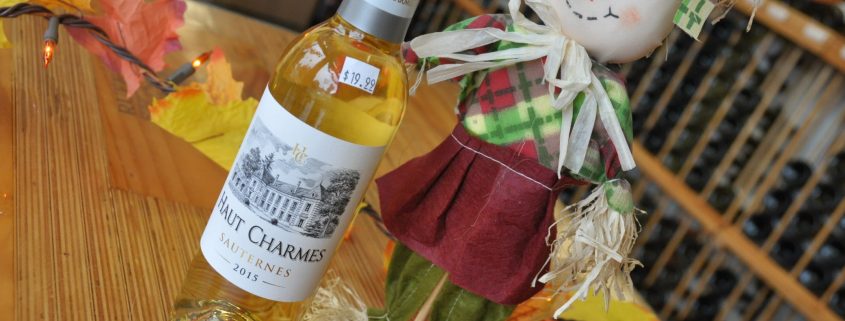
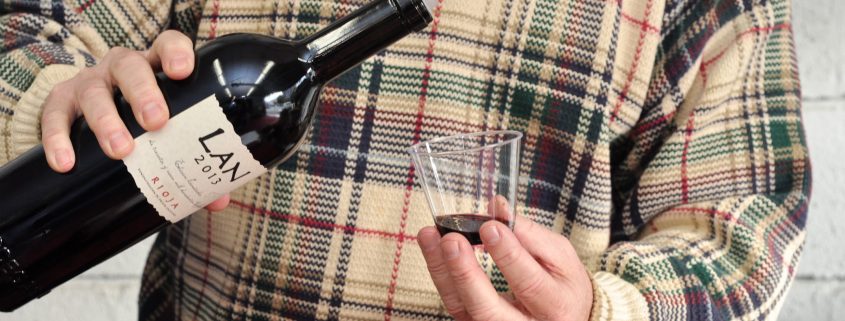

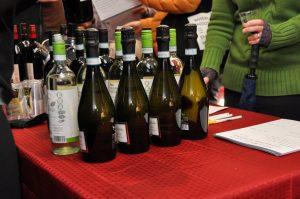
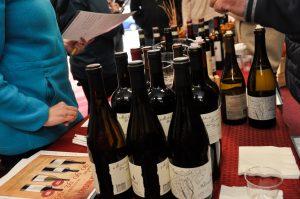
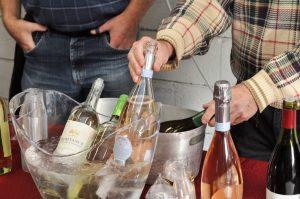
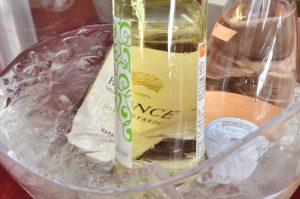
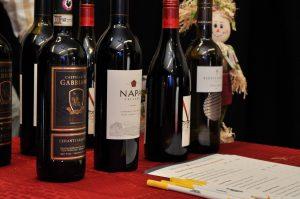
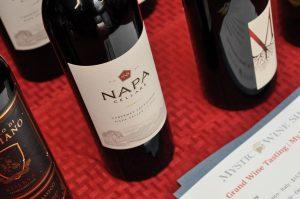
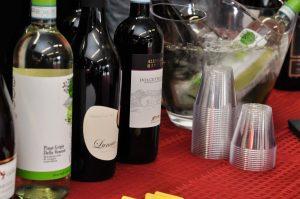
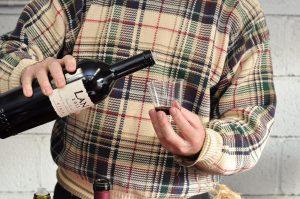
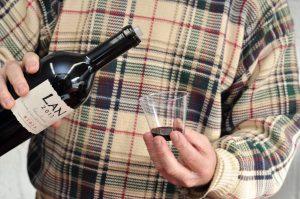

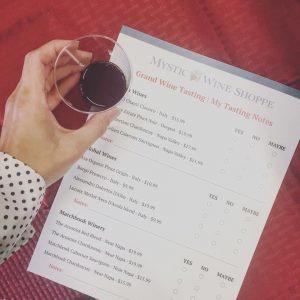

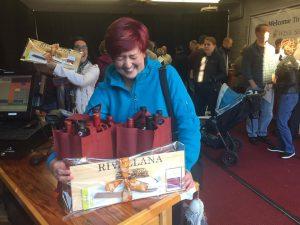

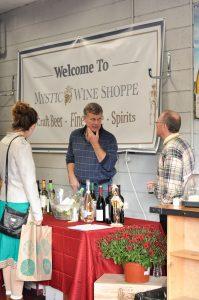
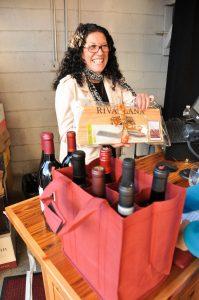

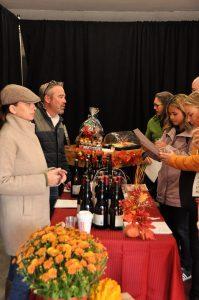
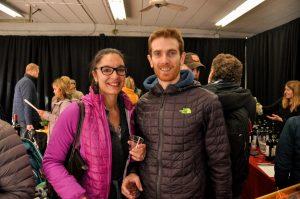
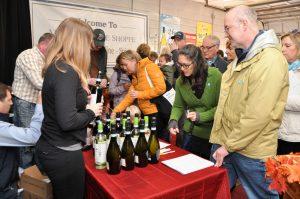
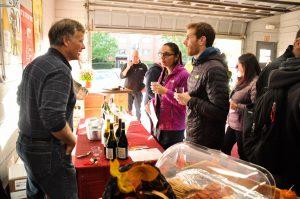
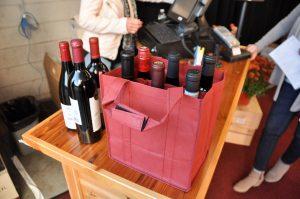
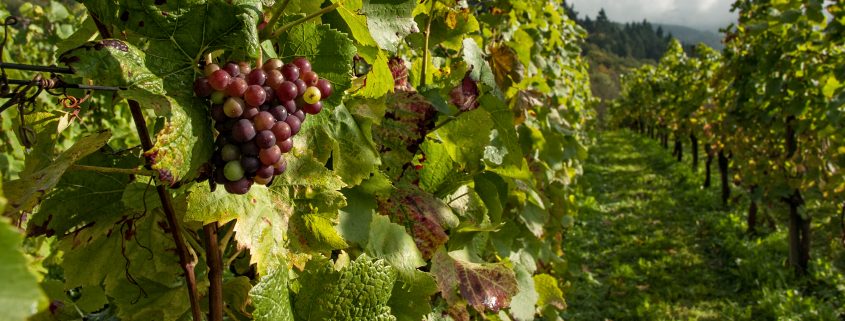
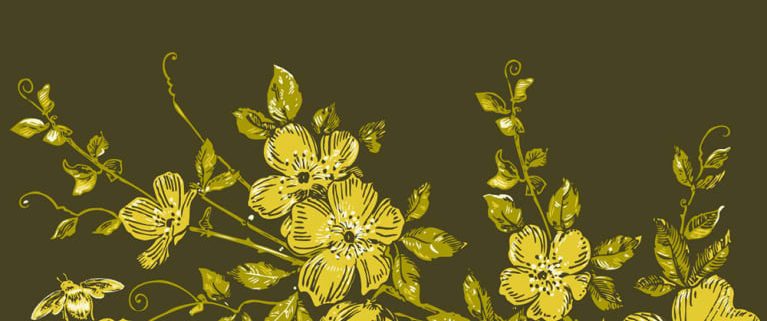
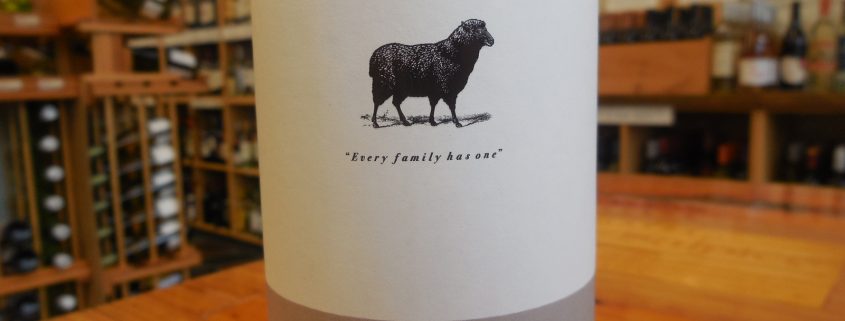
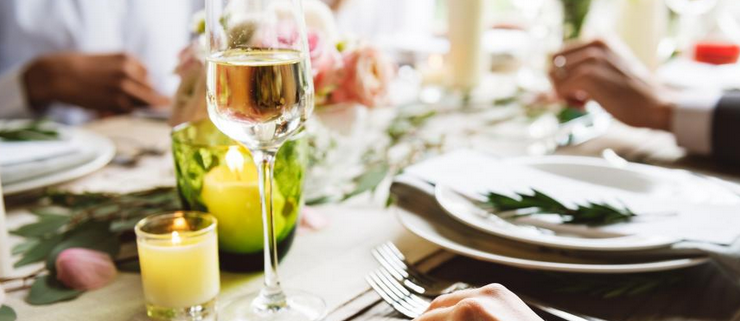
 Soave Classico is the heart of great wines made with the Garganega grape. It is in the extremely picturesque part of the Veneto that is just east of the gorgeous Lake Garda. The valleys are lush and beautiful dotted with castles and modern buildings alike. Rocca Sveva is made by the cooperative winery, the Cantina Di Soave, which having been established in 1898, is celebrating its 120th anniversary this year. They use high-technology to analyze soils and ensure the quality of the grapes supplied by their growers as well the latest techniques to ensure quality but make wines that are extremely traditional and hark back to their origins.
Soave Classico is the heart of great wines made with the Garganega grape. It is in the extremely picturesque part of the Veneto that is just east of the gorgeous Lake Garda. The valleys are lush and beautiful dotted with castles and modern buildings alike. Rocca Sveva is made by the cooperative winery, the Cantina Di Soave, which having been established in 1898, is celebrating its 120th anniversary this year. They use high-technology to analyze soils and ensure the quality of the grapes supplied by their growers as well the latest techniques to ensure quality but make wines that are extremely traditional and hark back to their origins.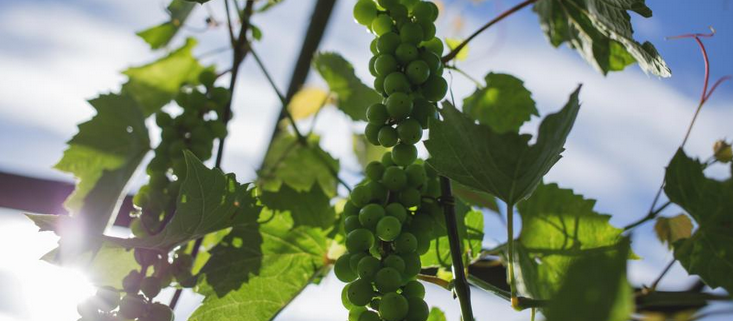
 Portugal has long been overshadowed by its neighbor in wine production. Spain is quite simply a powerhouse when it comes to wine. Everyone has heard to Rioja and Ribera Del Duero, they know the Temperanillo grape and most have heard of Garnacha as well. Spanish Cava, their traditional method sparkling wine, is beginning to be highly prized and is starting to compete on quality with Champagne in a way that Prosecco never will. So, how is Portugal to fight back and carve out its own identity when so many of the wines are so similar? The solution has been to really concentrate in recent decades on quality. Portuguese wines used to be of marginal quality largely because it has a very large domestic market where people drink their local wines by the liter. But over time, it has been recognized that to compete on the global market, the wines have to be really good with consistent and high quality.
Portugal has long been overshadowed by its neighbor in wine production. Spain is quite simply a powerhouse when it comes to wine. Everyone has heard to Rioja and Ribera Del Duero, they know the Temperanillo grape and most have heard of Garnacha as well. Spanish Cava, their traditional method sparkling wine, is beginning to be highly prized and is starting to compete on quality with Champagne in a way that Prosecco never will. So, how is Portugal to fight back and carve out its own identity when so many of the wines are so similar? The solution has been to really concentrate in recent decades on quality. Portuguese wines used to be of marginal quality largely because it has a very large domestic market where people drink their local wines by the liter. But over time, it has been recognized that to compete on the global market, the wines have to be really good with consistent and high quality.